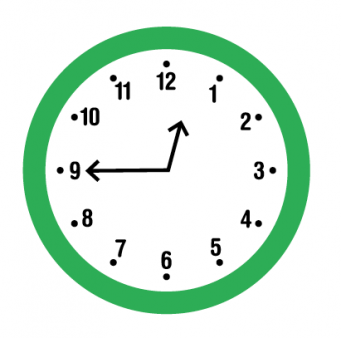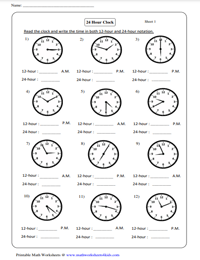


Not many sundials show all 24 hour markers, though some do. Sundials track the motion of the sun, so noon and midnight appear directly opposite each other on the face, with 06:00 (VI) and 18:00 (VI) on either side. The dial of a sundial is equivalent to a 24 hour clock face. Why 12? 12 is more or less the number of moon cycles in a year, so it’s a special number in most cultures. It’s not clear what these circles signify – the 12 circles are labelled with month names.

The famous astronomical ceiling at Senmut shows a series of circles divided into 24 sections. Two sets of 12 give 24, hence the number of hours in a day. The daylight hours were divided into 12, to match. This defined a kind of heavenly clock, although different groups of 12 stars were used to cope with the slow shift of the night sky during the year. For example, the star Procyon might rise shortly after sunset one evening, followed about an hour later by Sirius. The Egyptians and Babylonians divided the parade of stars that appeared in the sky each night into 12 sections, marked by the various stars that rose and set that night. The origins of our 24 hour day can be traced back at least 4000 years, to ancient Egypt and Babylon, and perhaps further back in time. Why do clocks usually show just a division into 12 hours, when there are 24 hours in a day? Prehistory


 0 kommentar(er)
0 kommentar(er)
